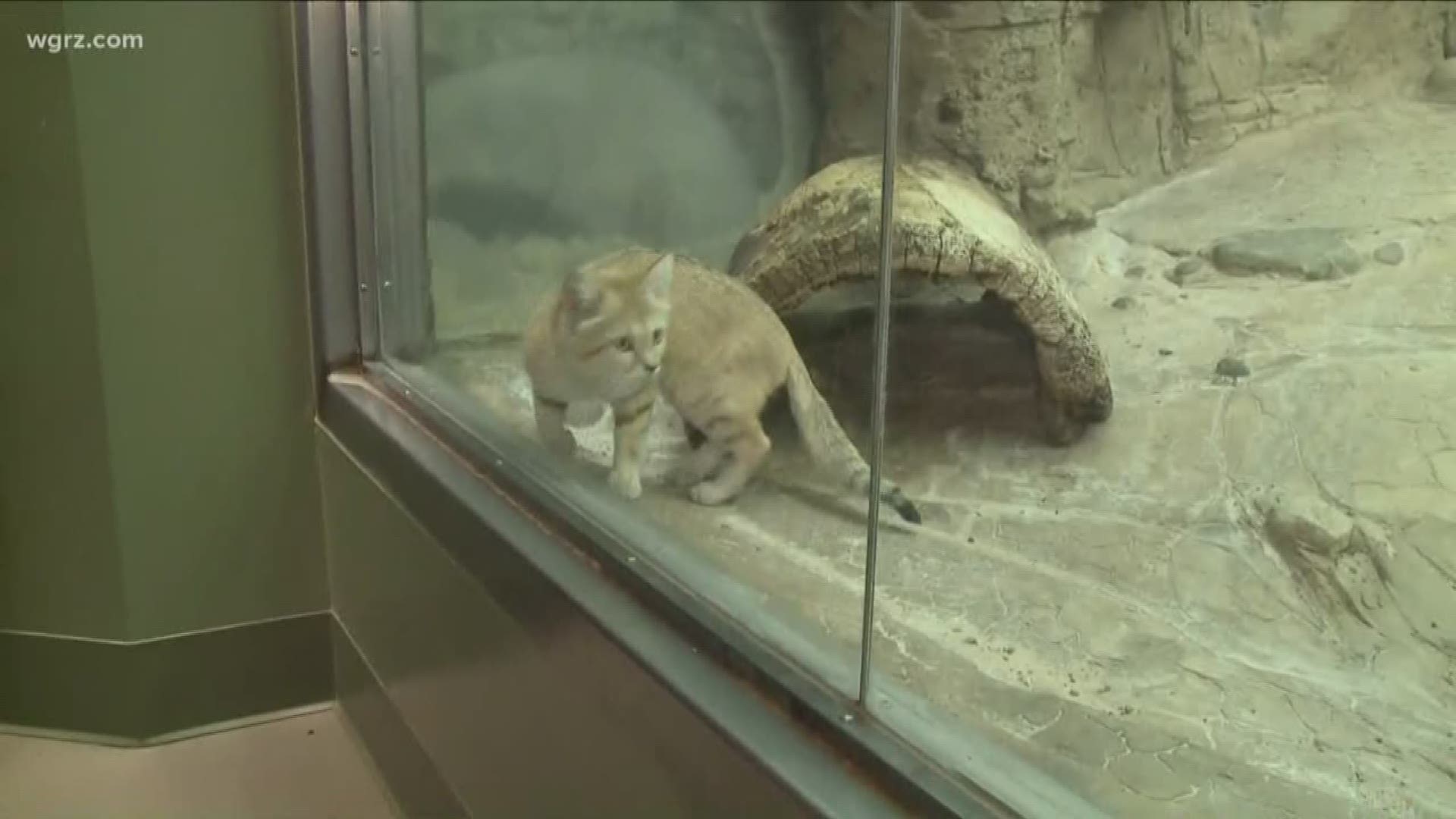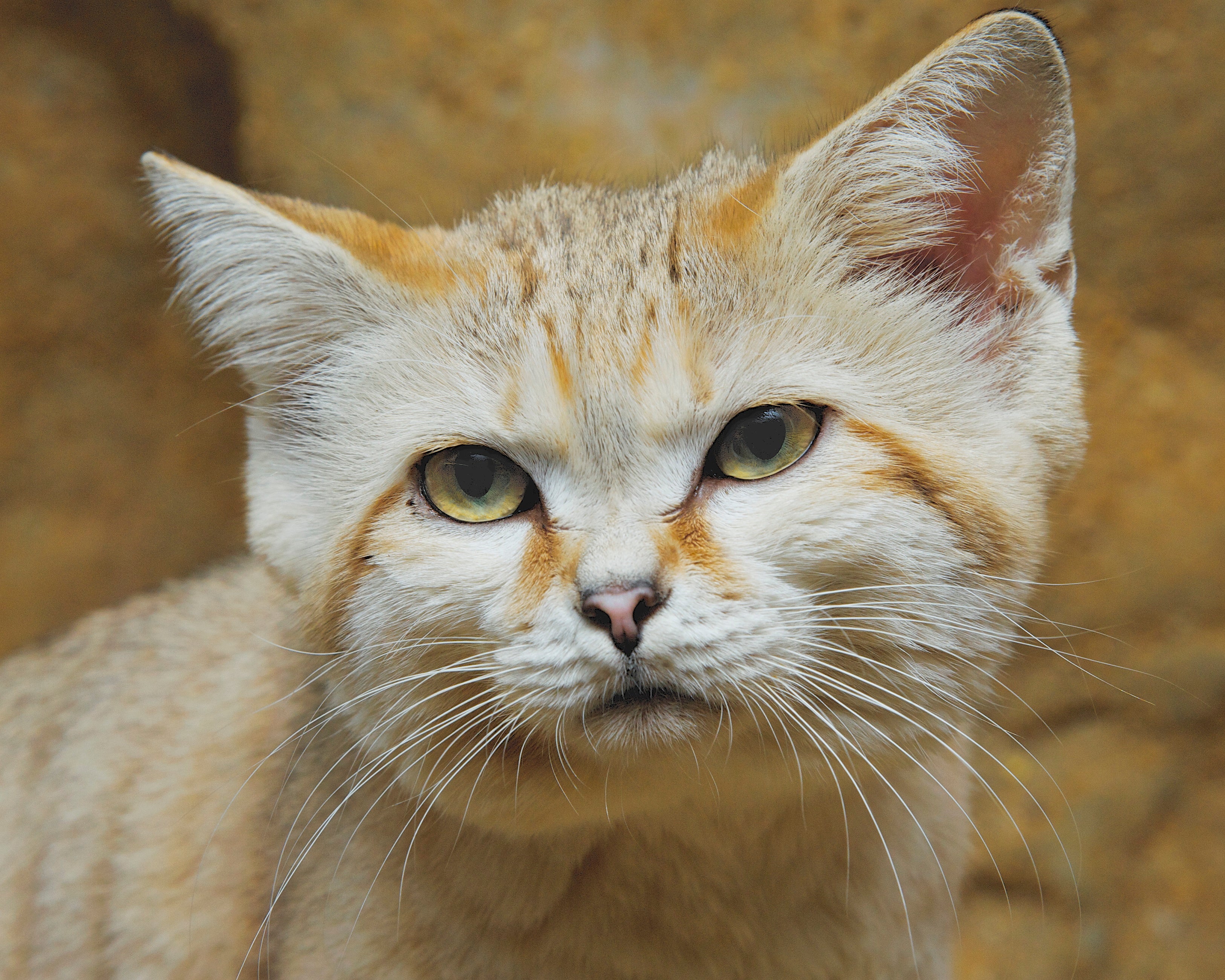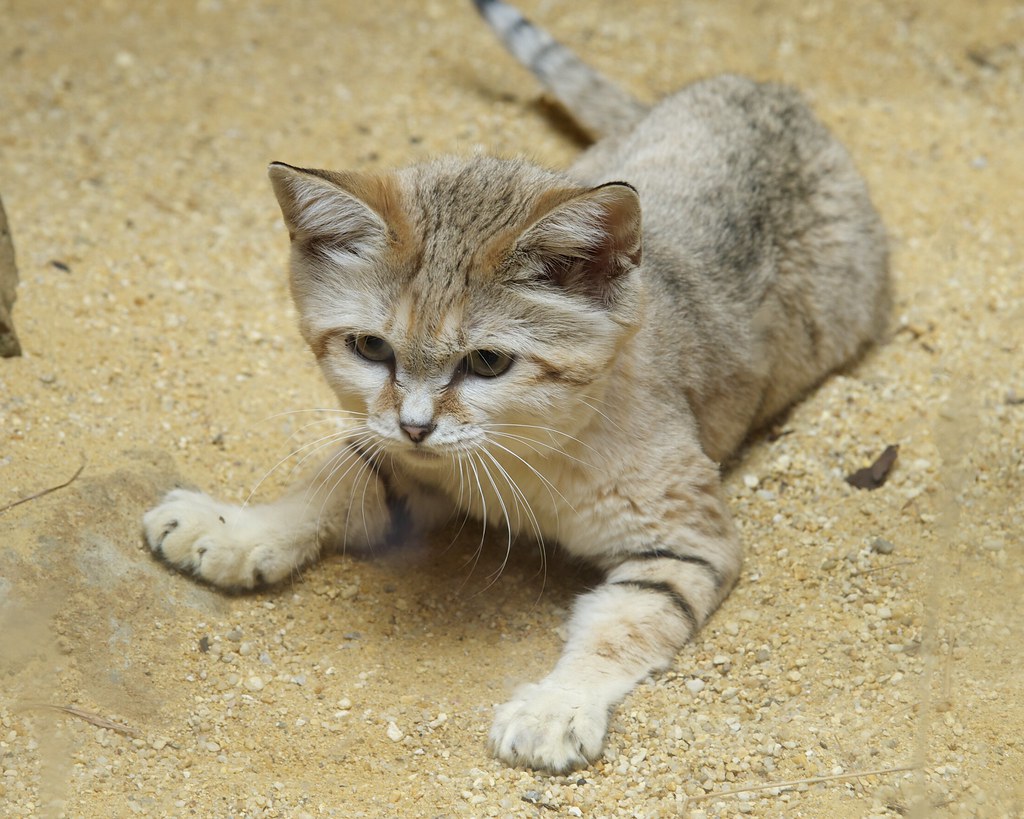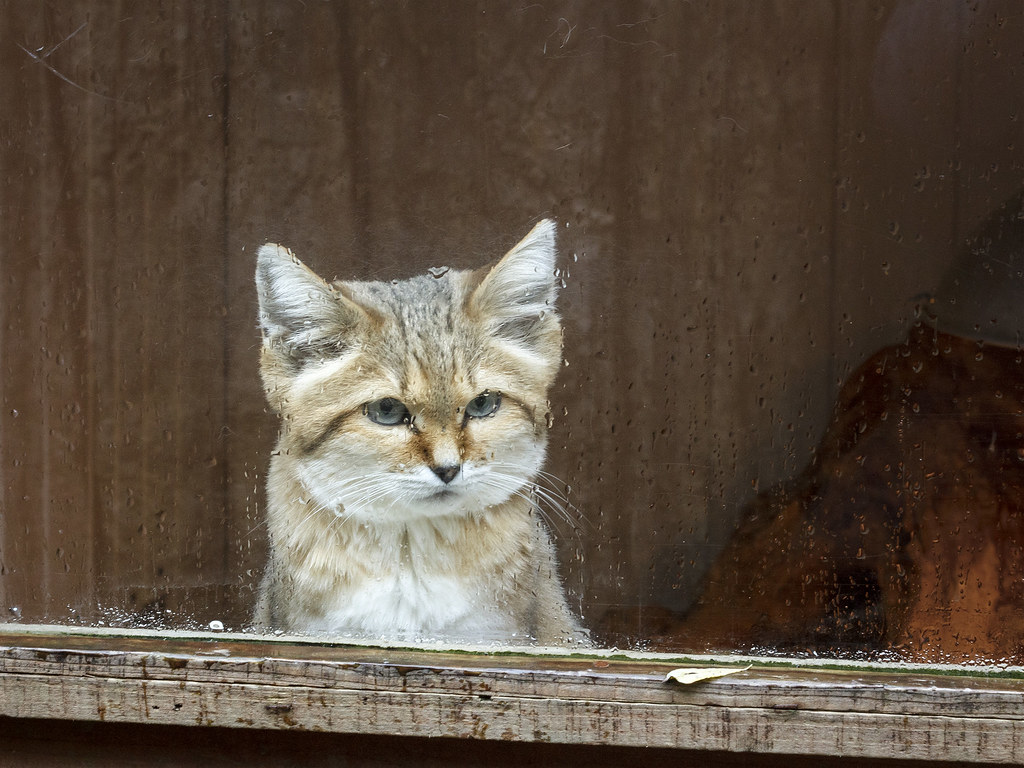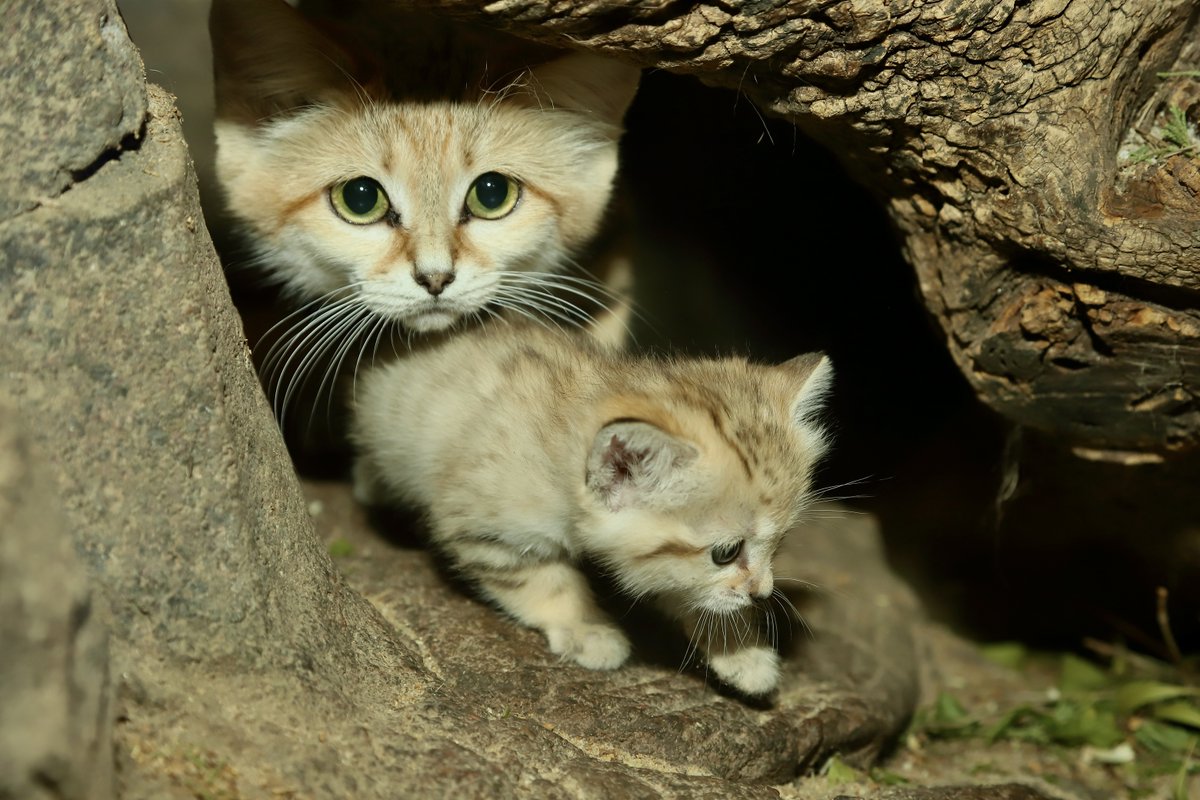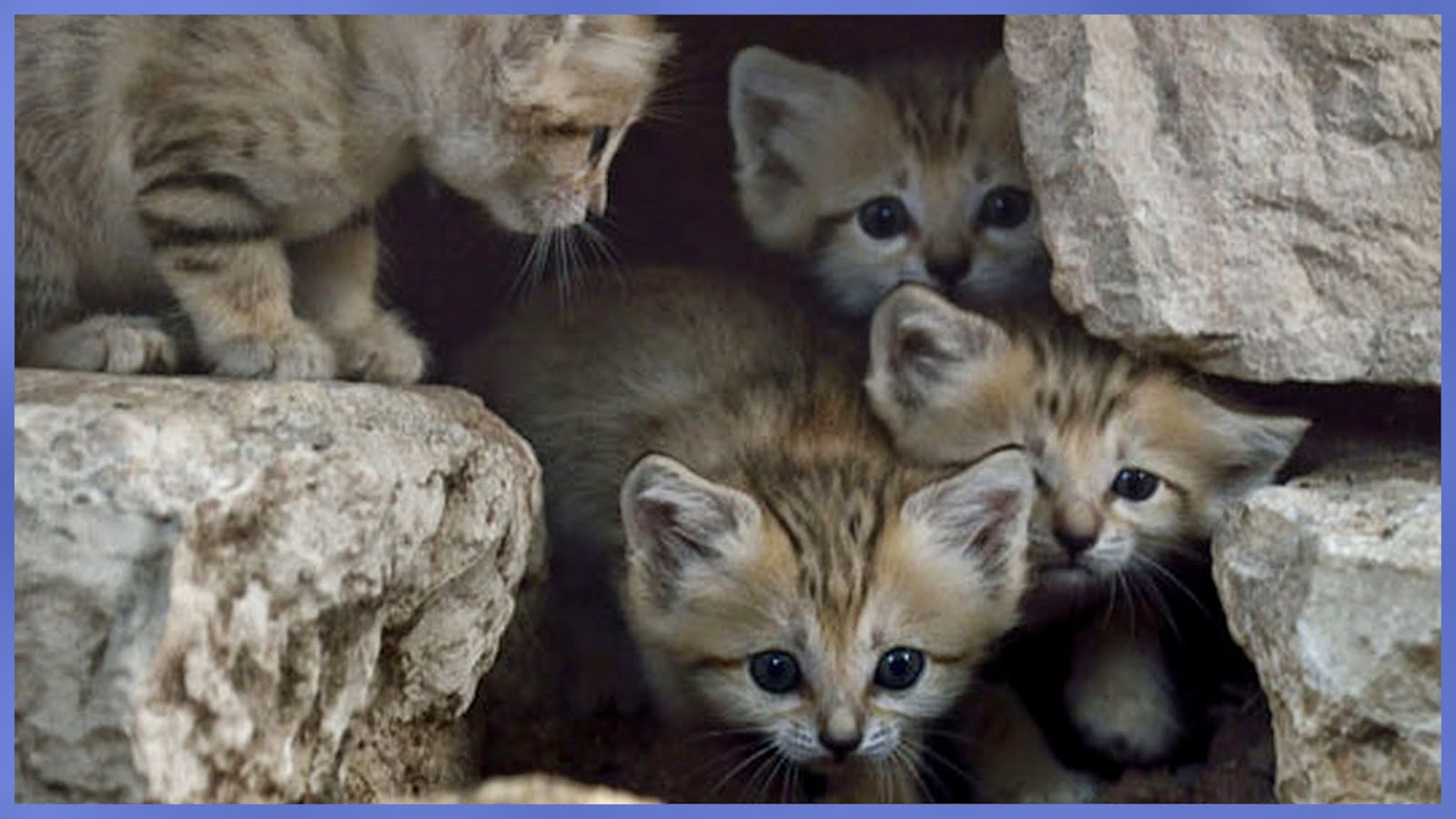Sand Cats Zoo Habitat
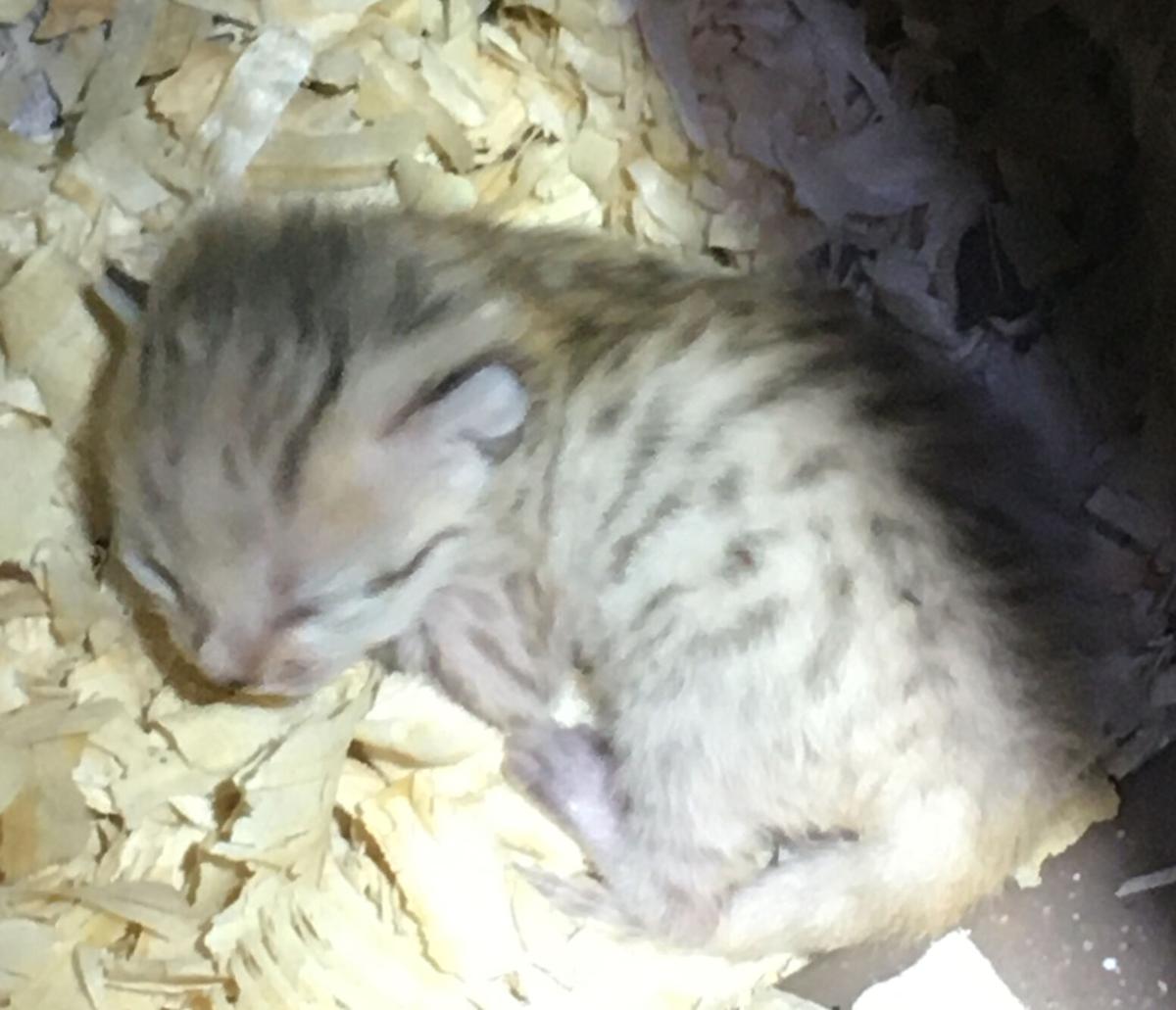
With big ears and large faces sand cats appear top-heavy with heads too big for their small bodies.
Sand cats zoo habitat. Nature perfectly equipped this little predator to live in extreme conditions. Habitat of the Sand Cat. Habitat Prefer dunes but will live in rocks.
Zoo is excited to announce the birth of a sand cat on Monday Aug. An Arabian Sand Cat One Plan Conservation Workshop was organised by Al Ain Zoo on 13-14th November 2013. This animals sand colored coat is hard to see against dry bushes and sand and acts as protection for it.
In the wild the sand cats can be found in the stony and sandy desert in North Africa and Southwest Asia. It feeds on small rodents snakes and lizards as it hunts its preys at night when its sight is most sharp especially in the darkness. The sand cat inhabits arid stony and sandy deserts especially among sparse vegetation of Africa and south-west Asia.
These tiny 3-11 pound cats live in sandy and stony deserts and are the only true desert cat species. Vulnerable arid ecosystems are being rapidly degraded by human settlement and activity especially livestock grazing Allan and Warren 1993 Al-Sharhan et al. Habitat degradation is the major threat to the sand cat.
North African nomadic tribes call them snake hunters although the cats also feed on small rodents spiders and. Fearless hunters they can prey on venomous snakes. Instead they live in dry sandy plains and rocky valleys.
And in parts of central Asia. Sand cats live in temperatures that sometimes rise to more than 40C 104F. They are sand-dwelling inhabiting dry plains and rocky valleys where conditions are extreme.


